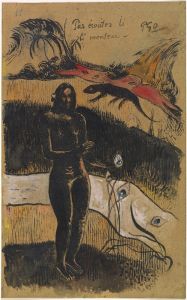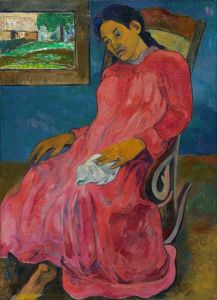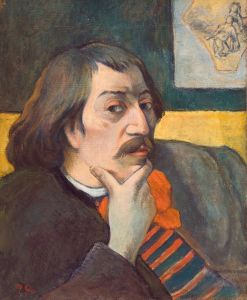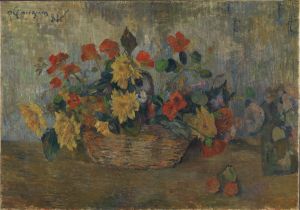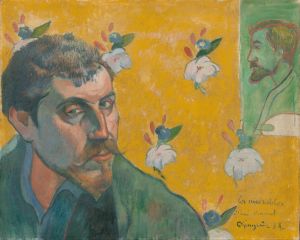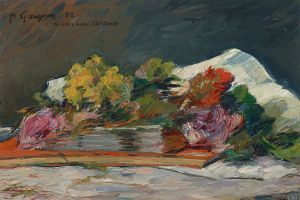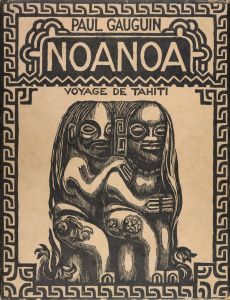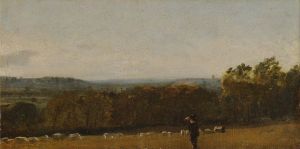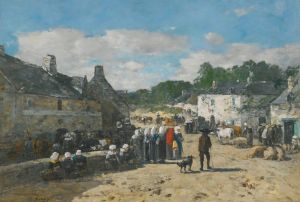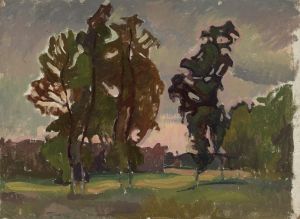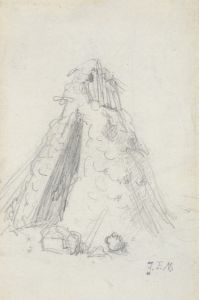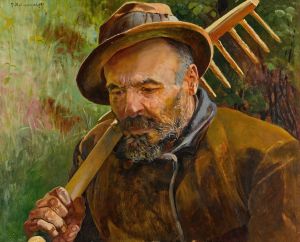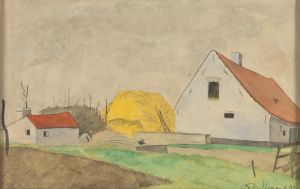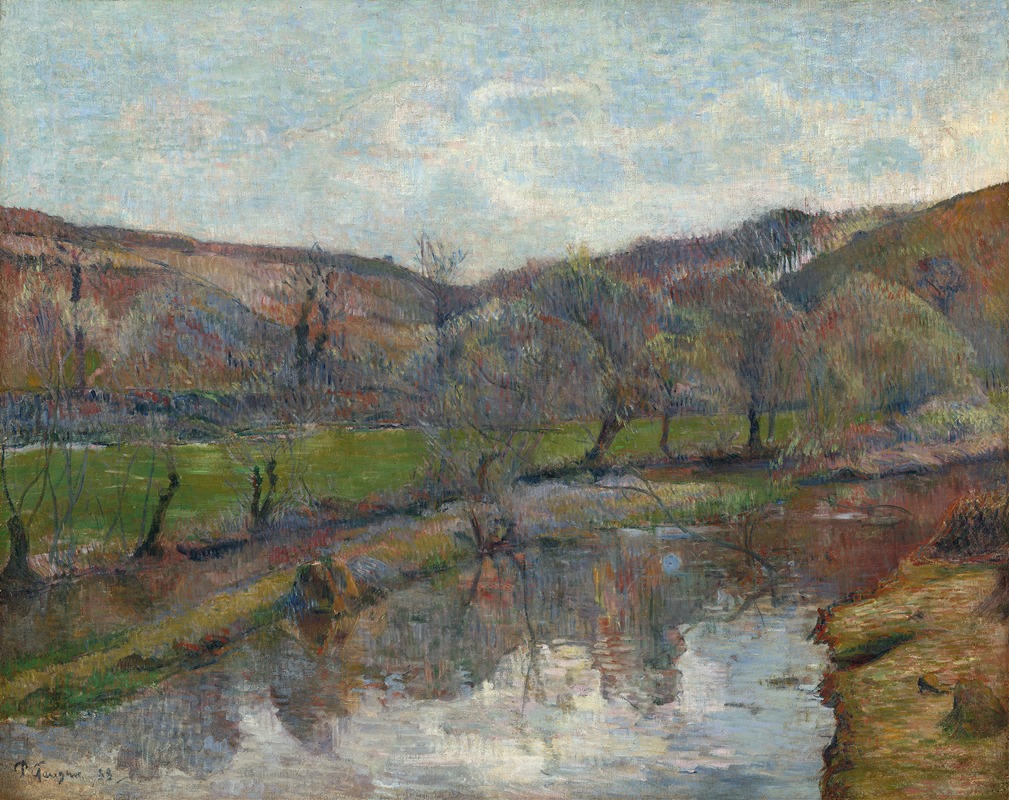
Brittany Landscape
A hand-painted replica of Paul Gauguin’s masterpiece Brittany Landscape, meticulously crafted by professional artists to capture the true essence of the original. Each piece is created with museum-quality canvas and rare mineral pigments, carefully painted by experienced artists with delicate brushstrokes and rich, layered colors to perfectly recreate the texture of the original artwork. Unlike machine-printed reproductions, this hand-painted version brings the painting to life, infused with the artist’s emotions and skill in every stroke. Whether for personal collection or home decoration, it instantly elevates the artistic atmosphere of any space.
Paul Gauguin's Brittany Landscape is a painting created during the artist's time in Brittany, a region in northwestern France, where he sought inspiration from the rural environment and traditional culture. Gauguin first visited Brittany in 1886 and returned multiple times over the following years, drawn by the area's unspoiled landscapes and the perceived simplicity of its people. This period marked a significant phase in his artistic development, as he began to move away from Impressionism and toward a more symbolic and expressive style.
The painting reflects Gauguin's interest in capturing the essence of Brittany's countryside, characterized by its rolling hills, rustic villages, and distinctive light. During his stays in Pont-Aven, a small town in Brittany, Gauguin became a central figure in the Pont-Aven School, an informal group of artists who shared an interest in synthesizing natural forms with bold, simplified colors and symbolic content.
In Brittany Landscape, Gauguin employs a vibrant palette and a flattened perspective, techniques that became hallmarks of his mature style. The composition likely includes elements of the region's natural scenery, such as fields, trees, and possibly traditional Breton architecture, though specific details about the painting's subject matter and exact date of creation are not widely documented. Gauguin's approach during this period was influenced by Japanese prints and cloisonnism, a style characterized by bold outlines and areas of flat color.
The painting is part of Gauguin's broader exploration of rural life and his rejection of urban modernity, themes that recur throughout his work. His time in Brittany was pivotal in shaping his artistic philosophy, which emphasized the spiritual and emotional resonance of art over strict naturalism. Gauguin's works from this period often depict scenes of everyday life in Brittany, infused with a sense of timelessness and idealization.
While Brittany Landscape is not as widely known as some of Gauguin's later works from his time in Tahiti, it remains an important example of his transition toward the Symbolist movement and his quest to capture the "primitive" essence of the places he visited. The painting is held in a private collection or museum, though its current location is not specified in publicly available records.





